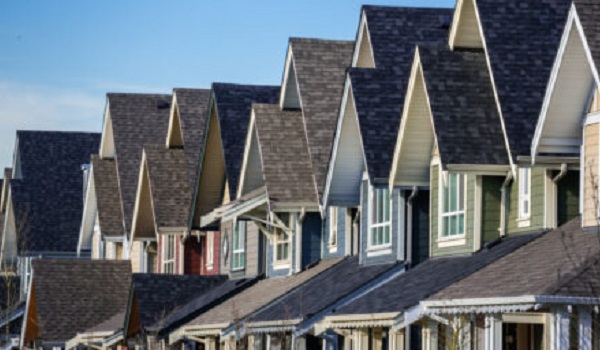Could there be solutions to the GTA’s housing crisis?
Over the past 18 months, high interest rates have had a significant impact on the Greater Toronto Area housing market, slowing demand for new homes by half, compared to historical averages. This has led to increased inventory and moderated prices by 15 per cent to 20 per cent, depending on the type of housing and its location. Meanwhile, the GTA’s growing population has created a pent-up demand for new housing.
As interest rates decline, we can anticipate that demand will return.
However, this recent period of reduced demand and rising inventory has hidden some pressing structural issues that will become evident quickly as the market returns.
To address these, we need to answer critical questions:
Why are municipal approvals in the GTA so slow? On average, obtaining municipal approvals for new homes in the GTA takes roughly two years, with some municipalities taking almost three (depending on the type of application). In stark contrast, cities, such as Calgary, can complete the process in just five months and London in 10.
These approval delays, not only slow the supply of new homes, but they increase costs. According to BILD’s 2022 benchmarking study, delays for highrise condos can add $2.60 per square foot to $3.30 per square foot each month, potentially increasing costs by $37,000 (20-month average) or up to $70,000 (34 months) for a 700-sq.-ft. apartment.
What causes these delays, and how can we expedite the approval process to reduce costs?
Why are municipal fees for new homes so high? In the GTA, government fees and taxes make up a quarter of the cost of a new home, and more than half of this comes from municipal fees, such as development charges (DCs), parkland fees, and community benefits charges (CBCs). These fees fund services and infrastructure, such as parks, roads and water systems.
Yet, there is a glaring discrepancy when comparing these costs with other regions. For instance, Ottawa’s DCs are roughly half of those in Pickering for highrise apartments, and the charges for London, Ont. are about a third of Brampton’s for single-family homes. Are the costs of laying a sewer line or building a sidewalk truly three times higher in the GTA than elsewhere?
Why is there such a deficit of serviced land for growth in the GTA? The Toronto region faces a critical shortage of serviced land needed for new housing. This scarcity drives up lot prices, which, in turn, raises the cost of new homes. This problem appears more pronounced in the GTA, compared to other regions.
What are the root causes of this deficit, and how can we address it?
In the coming months, BILD will explore these issues and propose solutions to tackle these structural barriers.
Home ownership in the GTA feels impossible for many. Our goal is to make owning a home possible again.
This article was first reported by The Star












